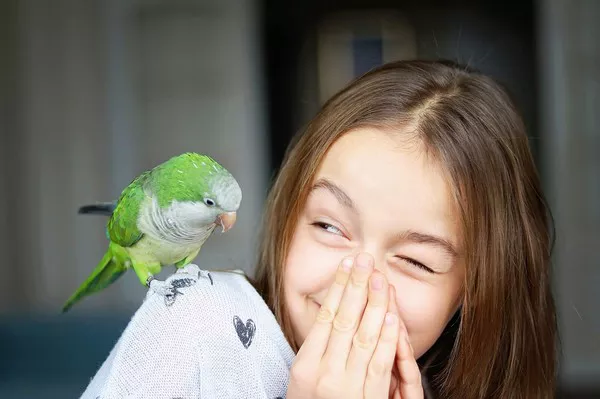Pet turtles, with their intriguing behavior and unique personalities, make wonderful companions for those who appreciate their quiet charm. While turtles may not express emotions in the same way as other pets, there are several steps you can take to ensure your shelled friend leads a content and happy life. In this article, we’ll explore the key factors that contribute to turtle well-being and offer insights into how to create an enriching and fulfilling environment for your pet.
1. Provide Adequate Enclosure Space
Turtles require ample space to move around, explore, and exhibit their natural behaviors. The size of their enclosure should be appropriate for their species and size. As a general guideline, the enclosure should be at least 4-5 times the length of the turtle’s shell, providing enough room for both land and water areas.
2. Offer Proper Lighting and Temperature
Turtles are ectothermic animals, which means they rely on external heat sources to regulate their body temperature. Providing appropriate lighting and temperature gradients within the enclosure is crucial. Use UVB lighting to ensure proper calcium metabolism and a basking area with a temperature gradient that allows your turtle to regulate its body temperature.
3. Create a Suitable Habitat
Design the enclosure to mimic your turtle’s natural habitat as closely as possible. Incorporate hiding spots, basking areas, rocks, plants, and water features that provide both visual stimulation and opportunities for physical activity.
4. Maintain Clean and Filtered Water
For aquatic turtles, ensuring clean and properly filtered water is essential. Dirty water can lead to stress and health issues. Invest in a reliable water filtration system and perform regular water changes to maintain water quality.
5. Offer a Balanced Diet
Turtles have specific dietary requirements depending on their species. Research your turtle’s dietary needs and provide a balanced diet that includes a variety of commercial turtle pellets, fresh vegetables, and occasional live or frozen prey items. Avoid overfeeding, as obesity can lead to health problems.
6. Enrichment and Mental Stimulation
Turtles are curious by nature and benefit from mental stimulation. Incorporate enrichment activities such as hiding food in different areas of the enclosure, introducing new items for exploration, or varying the layout periodically.
7. Social Interaction (Species-Dependent)
While not all turtle species are social, some do benefit from companionship. Research your turtle’s social tendencies to determine if introducing a same-species companion is appropriate. If housing multiple turtles, ensure the enclosure is spacious enough to prevent territorial disputes.
8. Regular Health Checks
Monitor your turtle’s behavior, appetite, and physical appearance regularly. Any sudden changes in behavior or health should prompt a visit to a veterinarian with experience in reptile care.
9. Respect Your Turtle’s Nature
Turtles are naturally solitary and independent creatures. While they may not seek out interaction in the same way as more social pets, respecting their need for space and quietude is essential for their well-being.
10. Minimize Handling
Turtles are sensitive to handling and can become stressed when picked up frequently. Minimize handling to necessary activities like health checks and enclosure maintenance.
Conclusion
Creating a happy and fulfilling life for your pet turtle requires a thoughtful and holistic approach. By providing the right enclosure, temperature, lighting, habitat features, diet, mental stimulation, and respecting your turtle’s nature, you can ensure a content and thriving shelled companion. Understanding your turtle’s specific needs, preferences, and behaviors will help you tailor their environment to support their well-being and allow them to live a fulfilling life in your care.
Recommended reading:

























